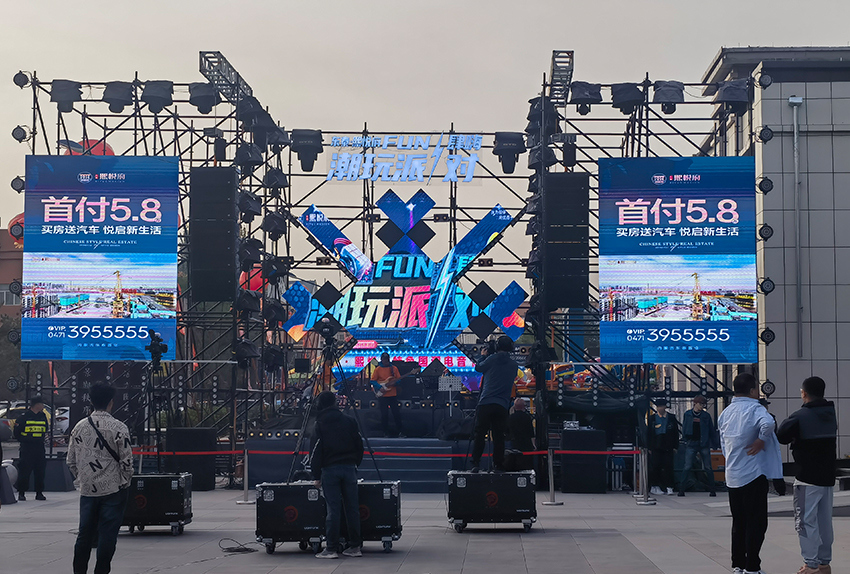No products in the cart.
Industry news
How to distinguish the quality of LED display screen products
LED display screens are no exception, and the dazzling array of LED displays is overwhelming. So, how should we distinguish the quality of LED display screen products?
Firstly, before distinguishing the quality of LED display screen products, we need to first understand the characteristics of LED display screens and distinguish between the advantages and disadvantages of LED display screen products in terms of performance.
The performance of LED display screens mainly includes the following aspects: grayscale, refresh rate, contrast, etc
Grayscale, also known as color scale or grayscale, refers to the brightness level of a display screen, which is the determining factor of the number of colors displayed on an LED display screen. Generally speaking, the higher the grayscale of an LED display screen, the richer the displayed colors, and the more delicate the image, making it easier to display rich details.
The refresh rate refers to the number of times an electron beam repeatedly scans an image on the screen. The higher the refresh rate, the better the stability of the image displayed on the LED display screen, and the higher the resolution of the display screen. The high-definition image has no delay and brings people a very comfortable experience.
Contrast refers to the measurement of different brightness levels between the brightest white and darkest black areas in an image. The larger the difference range, the greater the contrast. Conversely, the smaller the contrast. Contrast is one of the key factors affecting the visual effect of LED displays. Generally speaking, the higher the contrast, the clearer and more eye-catching the image, and the brighter and more vibrant the colors. High contrast is very helpful for image clarity, detail representation, and grayscale level representation.
Secondly, to distinguish the quality of LED display screens, we can also feel it from the intuitive visual effect:
1. The surface flatness of LED display panels. The surface flatness of the display screen should be within ± 1mm to ensure that the displayed image does not distort. Local protrusions or indentations on the screen body can cause blind spots in the visual angle of the display screen. We feel whether the flatness of the screen is consistent by looking at the side of the screen and gently touching the surface of the screen with our hands. The flatness is mainly determined by the production process.2. White balance effect. By conducting red, green, and blue full color tests and white balance tests on LED display products, we can see if there is color deviation on the LED display screen and adjust it in a timely manner.
3. Brightness and visual angle. The brightness of indoor LED rental screens is generally between 800cd/m2 and 1200cd/m2, while the brightness of outdoor LED rental screens should be above 1500cd/m2 to ensure the normal operation of the display screen. Otherwise, the displayed image may not be clear due to low brightness.
